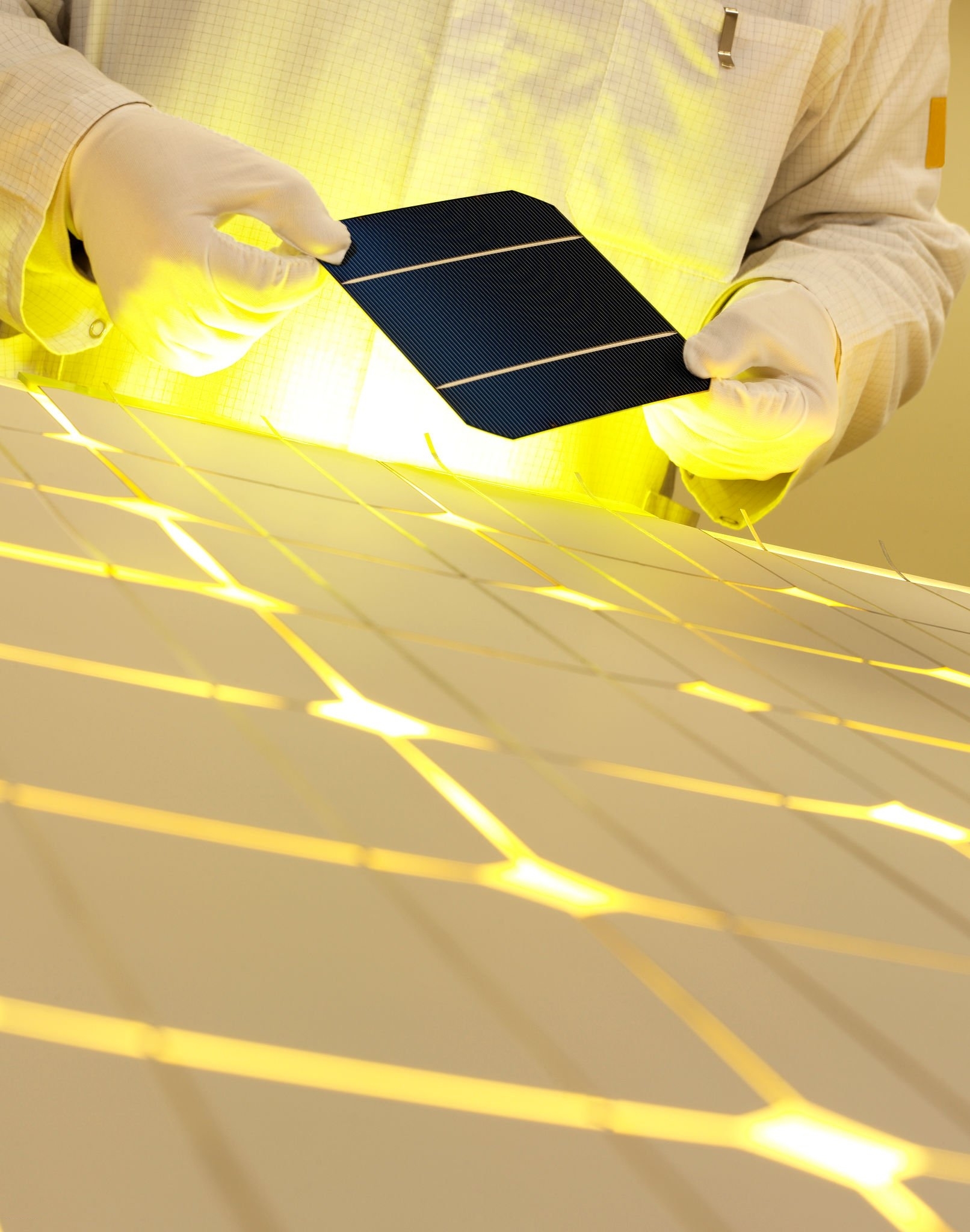The increasing global demand for clean energy has led to the development of various solar cell technologies. Traditional silicon solar cells have dominated the solar energy industry for decades. However, there is a new challenger in town- thin-film solar cells. These cells offer several advantages over traditional silicon technology, including lower costs, higher flexibility, and improved efficiency. In this article, we will explore the benefits of thin-film solar cells and why they are challenging traditional silicon technology.
Advantages of Thin Film Solar Cells
Thin-film solar cells are made by depositing thin layers of semiconducting materials onto a substrate, such as glass or plastic. These cells offer several advantages over traditional silicon technology, including:
- Lower Cost
One of the most significant advantages of thin-film solar cells is their lower cost. Thin-film cells require much less material than traditional silicon cells, making them cheaper to produce. Additionally, the manufacturing process of thin-film cells is much simpler than that of silicon cells, further reducing costs.
- Improved Flexibility
Another advantage of thin-film solar cells is their improved flexibility. Thin-film cells can be made on flexible substrates, such as plastic, which allows for a wide range of applications. This flexibility also means that thin-film cells can be used in places where traditional silicon cells cannot, such as curved surfaces or portable devices.
- Higher Efficiency
While thin-film solar cells have traditionally been less efficient than silicon cells, recent advancements in technology have improved their efficiency. Thin-film cells now offer similar or even higher efficiency than silicon cells, particularly in low light conditions.
- Improved Performance in High Temperatures
Thin-film solar cells also perform better than silicon cells in high temperatures. Silicon cells are sensitive to high temperatures, which can cause them to degrade and lose efficiency. Thin-film cells are less sensitive to high temperatures, making them a better choice for hot climates.

Types of Thin Film Solar Cells
There are several types of thin-film solar cells, each made from different materials and offering different benefits.
- Cadmium Telluride (CdTe)
Cadmium Telluride (CdTe) is the most common type of thin-film solar cell. CdTe cells are made by depositing a thin layer of cadmium telluride onto a substrate. These cells offer the lowest cost per watt of any solar technology and are highly efficient in low light conditions.
- Copper Indium Gallium Selenide (CIGS)
Copper Indium Gallium Selenide (CIGS) cells are made by depositing a thin layer of copper, indium, gallium, and selenide onto a substrate. CIGS cells offer higher efficiency than CdTe cells and can be made on flexible substrates.
- Amorphous Silicon (a-Si)
Amorphous Silicon (a-Si) cells are made by depositing a thin layer of non-crystalline silicon onto a substrate. These cells are highly flexible and can be made on a wide range of substrates, including plastic. However, a-Si cells have lower efficiency than CdTe or CIGS cells.
Challenges and Future of Thin Film Solar Cells
Despite their advantages, thin-film solar cells face several challenges. One of the biggest challenges is improving their efficiency to compete with silicon cells. While thin-film cells have made significant advancements in recent years, they still have lower efficiency than silicon cells in most conditions.
Another challenge is improving the durability of thin-film cells. Thin-film cells can degrade over time, particularly when exposed to high temperatures or humidity. Improving the durability of thin-film cells will be essential for their long-term success.
Furthermore, the production process of thin-film solar cells is also a challenge. Currently, the production process is energy-intensive and requires toxic materials such as cadmium, which can pose environmental risks. Developing more sustainable and environmentally friendly production processes will be crucial for the future of thin-film solar cells.
Despite these challenges, the future of thin-film solar cells looks promising. Research and development efforts are ongoing, and advancements in technology are being made to improve their efficiency, durability, and sustainability. In fact, the global thin-film solar cell market is projected to grow at a CAGR of over 16% from 2021 to 2026, indicating the increasing demand and potential for these cells.
The future of thin-film solar cells also includes new and innovative applications. The flexibility of thin-film cells allows for their use in a wide range of applications, such as building-integrated photovoltaics (BIPV), portable devices, and even clothing. BIPV, in particular, is an exciting new application that integrates solar cells into the design of buildings, creating an aesthetically pleasing and sustainable solution.
Conclusion
Thin-film solar cells are challenging traditional silicon technology with their lower cost, improved flexibility, higher efficiency in low light conditions, and better performance in high temperatures. While they still face challenges, such as improving their efficiency and sustainability, the future looks promising with ongoing research and development efforts. With the increasing demand for clean energy, thin-film solar cells have the potential to play a significant role in meeting our energy needs while reducing our carbon footprint.



